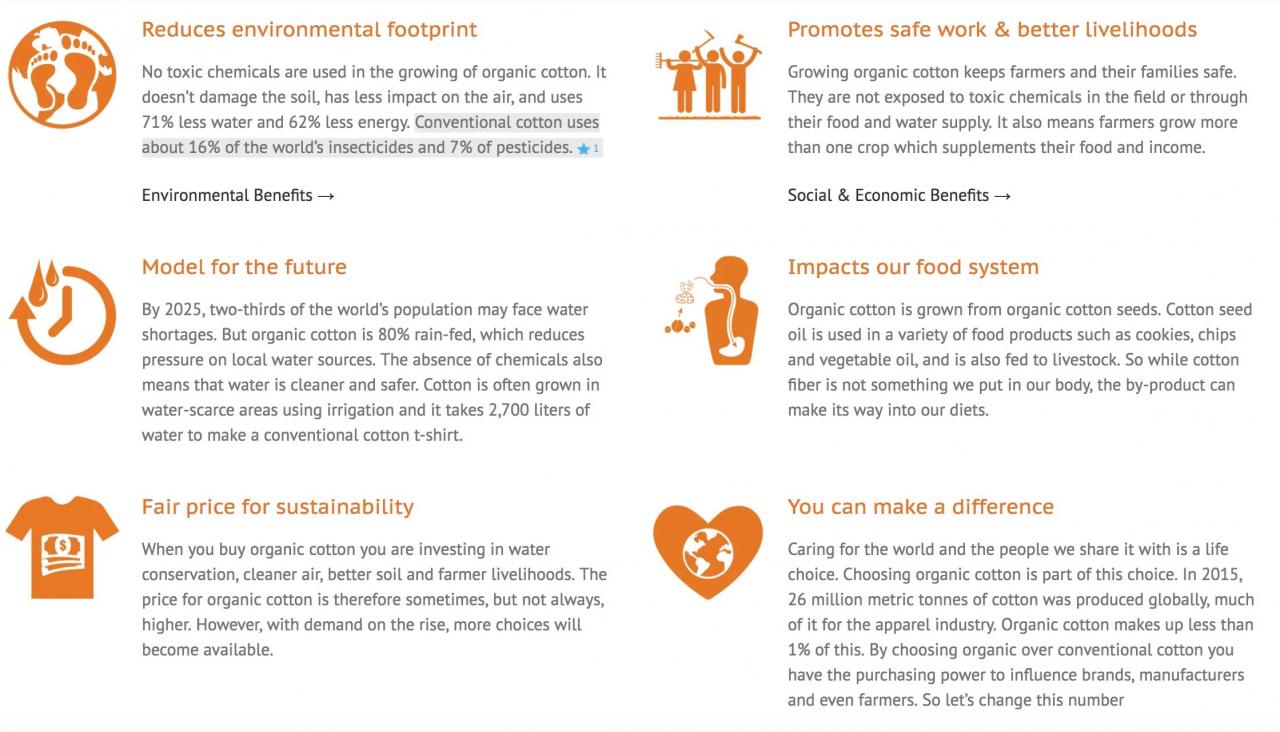Embark on a scientific odyssey as we unravel the extraordinary benefits of cotton plant leaves, delving into their agricultural, medicinal, industrial, and environmental significance. Prepare to be amazed by their versatility and untapped potential.
Cotton plant leaves, often overlooked, play a pivotal role in agriculture, serving as photosynthetic powerhouses and nutrient absorbers, contributing to crop yield and quality. They also possess remarkable medicinal properties, boasting active compounds with therapeutic benefits. Join us as we explore the fascinating world of cotton plant leaves and their multifaceted applications.
Benefits of Cotton Plant Leaves in Agriculture
Cotton plant leaves play a crucial role in agriculture due to their involvement in photosynthesis and nutrient absorption. During photosynthesis, chlorophyll in the leaves absorbs sunlight, which is then used to convert carbon dioxide and water into glucose, a vital energy source for the plant.
Additionally, cotton plant leaves facilitate the uptake of essential nutrients from the soil, including nitrogen, phosphorus, and potassium, which contribute to plant growth and yield.
Contribution to Crop Yield and Quality
The health and vigor of cotton plant leaves directly impact crop yield and quality. Healthy leaves enable efficient photosynthesis, leading to higher production of carbohydrates and biomass. Furthermore, leaves play a role in the translocation of nutrients from the soil to the bolls, which ultimately affects the quality of cotton fibers.
Studies have shown that crops with larger and healthier leaves tend to produce higher yields and better-quality fibers.
In the realm of natural remedies, neem leaves stand out for their therapeutic benefits. Similarly, the fragrant blend of lemongrass and pandan leaves tea has been celebrated for its calming and invigorating effects. Community service leave, a commendable initiative, not only fosters a sense of purpose but also contributes to the well-being of society.
Additionally, the consumption of boiled sambong leaves has been associated with various health benefits, making it a valuable addition to traditional medicine.
Natural Fertilizer

Cotton plant leaves can also serve as a natural fertilizer. When incorporated into the soil, they decompose and release nutrients that can be utilized by other plants. This practice improves soil fertility and reduces the need for chemical fertilizers, promoting sustainable agricultural practices.
Medicinal Properties of Cotton Plant Leaves
Cotton plant leaves possess a wide range of medicinal properties that have been recognized in traditional and modern medicine. They contain active compounds such as flavonoids, alkaloids, and tannins, which have antioxidant, anti-inflammatory, and antimicrobial effects.
Traditional and Modern Uses
In traditional medicine, cotton plant leaves have been used to treat various ailments, including wounds, burns, and skin infections. Modern research has supported these traditional uses and identified additional therapeutic benefits, such as anti-diabetic, anti-cancer, and pain-relieving properties.
Potential in Treating Various Ailments
Studies have shown that cotton plant leaves may have potential in treating a variety of conditions, including:
- Skin disorders: Anti-inflammatory and antimicrobial properties help soothe and heal wounds, burns, and skin infections.
- Diabetes: Antioxidant and anti-diabetic compounds may help regulate blood sugar levels and improve insulin sensitivity.
- Cancer: Anti-cancer compounds may inhibit tumor growth and metastasis.
- Pain management: Analgesic properties may help relieve pain and inflammation.
Industrial Applications of Cotton Plant Leaves
Beyond agriculture and medicine, cotton plant leaves also find applications in various industries.
Biofuel Production
Cotton plant leaves can be used as a source of biomass for biofuel production. The cellulose and hemicellulose present in the leaves can be converted into ethanol or other biofuels, providing a renewable energy source.
Textile Industry, Benefits of cotton plant leaves
Although cotton plant leaves are not typically used in textile production, they have potential applications in the development of eco-friendly and sustainable fabrics. Research is ongoing to explore the use of leaf fibers in the production of textiles and non-woven materials.
Other Industrial Applications
Cotton plant leaves have also been investigated for their potential in the production of paper, pharmaceuticals, and other industrial products. Their unique chemical composition and biodegradability make them a promising resource for various applications.
Environmental Benefits of Cotton Plant Leaves
Cotton plant leaves play a significant role in environmental sustainability.
Carbon Sequestration
Through photosynthesis, cotton plant leaves absorb carbon dioxide from the atmosphere. This process helps mitigate climate change by reducing greenhouse gas concentrations.
The benefits of community service leave are well-documented, including improved mental health, increased civic engagement, and enhanced leadership skills. Similarly, the benefits of lemongrass and pandan leaves tea are numerous, such as its ability to reduce inflammation, improve digestion, and boost energy levels.
Furthermore, neem leaves offer significant benefits for hair, including promoting growth, reducing dandruff, and conditioning the scalp. Finally, the benefits of boiled sambong leaves are equally impressive, as they have been shown to lower blood pressure, improve kidney function, and reduce the risk of diabetes.
Soil Health and Erosion Control
The dense canopy formed by cotton plant leaves protects the soil from erosion. The leaves also add organic matter to the soil, improving its structure and fertility.
Wastewater Treatment
Cotton plant leaves have been shown to be effective in removing pollutants from wastewater. Their ability to absorb heavy metals and other contaminants makes them a potential solution for water purification.
Last Recap

In conclusion, cotton plant leaves emerge as a treasure trove of benefits, spanning agriculture, medicine, industry, and the environment. Their photosynthetic prowess, medicinal compounds, industrial versatility, and ecological contributions make them a valuable resource. As we continue to unlock their potential, we can harness their power to enhance our lives and safeguard our planet.
Key Questions Answered
Can cotton plant leaves be consumed as food?
While cotton plant leaves are not typically consumed as food, certain cultures have used them as a traditional remedy or in small quantities as a vegetable.
Are cotton plant leaves safe to use topically?
Cotton plant leaves have been traditionally used in topical applications for wound healing and skin conditions. However, it’s important to consult a healthcare professional before using them topically.
Can cotton plant leaves be used as a natural pesticide?
Cotton plant leaves contain compounds that have insecticidal properties. However, further research is needed to determine their effectiveness and safety as a natural pesticide.

